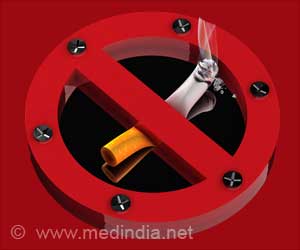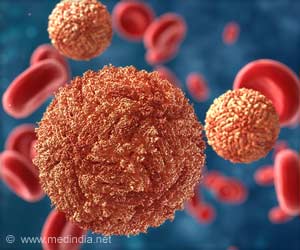Phase 1 trial provides evidence that antitumor activity and prolonged stable disease are achieved with Z-endoxifen despite prior tamoxifen therapy.

‘Patients with breast cancer could benefit from Endoxifen which has similar binding affinities for estrogen receptors ERα and ERβ.’
Read More..




Three patients had partial responses and 8 had prolonged stable disease; 44.4% of patients at dose levels 6–8 achieved one of these outcomes.Read More..
Six patients who progressed after tamoxifen therapy experienced partial response or stable disease for ≥ 6 cycles with Z-endoxifen; one with desmoid tumor remains on study after 62 cycles.
Dr. Alice P. Chen from The Division of Cancer Treatment and Diagnosis at The National Cancer Institute in Bethesda Maryland said, "Tamoxifen is a member of the selective estrogen receptor modulator (SERM) drug family and is approved by the FDA for the treatment of patients with estrogen receptor-positive (ER+) metastatic breast cancer, for adjuvant therapy of high-risk ER+/progesterone receptor-positive (PR+) breast cancer, and for chemoprevention in women at high risk of developing breast cancer."
However, only about 50% of women with metastatic ER breast cancer who receive treatment with tamoxifen derive benefit, and trials have yielded mixed results regarding the clinical benefit of tamoxifen based on dose or serum concentration.
Endoxifen and 4-hydroxy-tamoxifen have similar binding affinities for ERα and ERβ, which are approximately 100-fold higher than those of tamoxifen or NDM-tamoxifen, but endoxifen plasma concentrations following tamoxifen administration are 5- to 20-fold higher than 4-hydroxy-tamoxifen.
Advertisement
Among patients who receive tamoxifen, levels of endoxifen are lower in poor metabolizers, a finding that appears to correlate with significantly reduced time to tumor recurrence in these patients compared to those with greater CYP2D6 metabolism following treatment with adjuvant tamoxifen.
Advertisement
Despite these data in breast cancer, the optimal dose or concentration of Z-endoxifen in other tumors is unknown; however, our observation that high dose Z-endoxifen elicits antitumor activity in patients with non-breast malignancies would be in keeping with the data already observed demonstrating Z-endoxifen antitumor activity in breast cancers that have progressed on tamoxifen.
Furthermore, the overall safety profile, achievable plasma concentrations of Z-endoxifen, and clinical efficacy seen in this trial indicate that this agent may particularly benefit patients who have progressed on tamoxifen treatment and suggest that further studies of Z-endoxifen should be considered in patients with non-breast malignancies.
Source-Eurekalert








